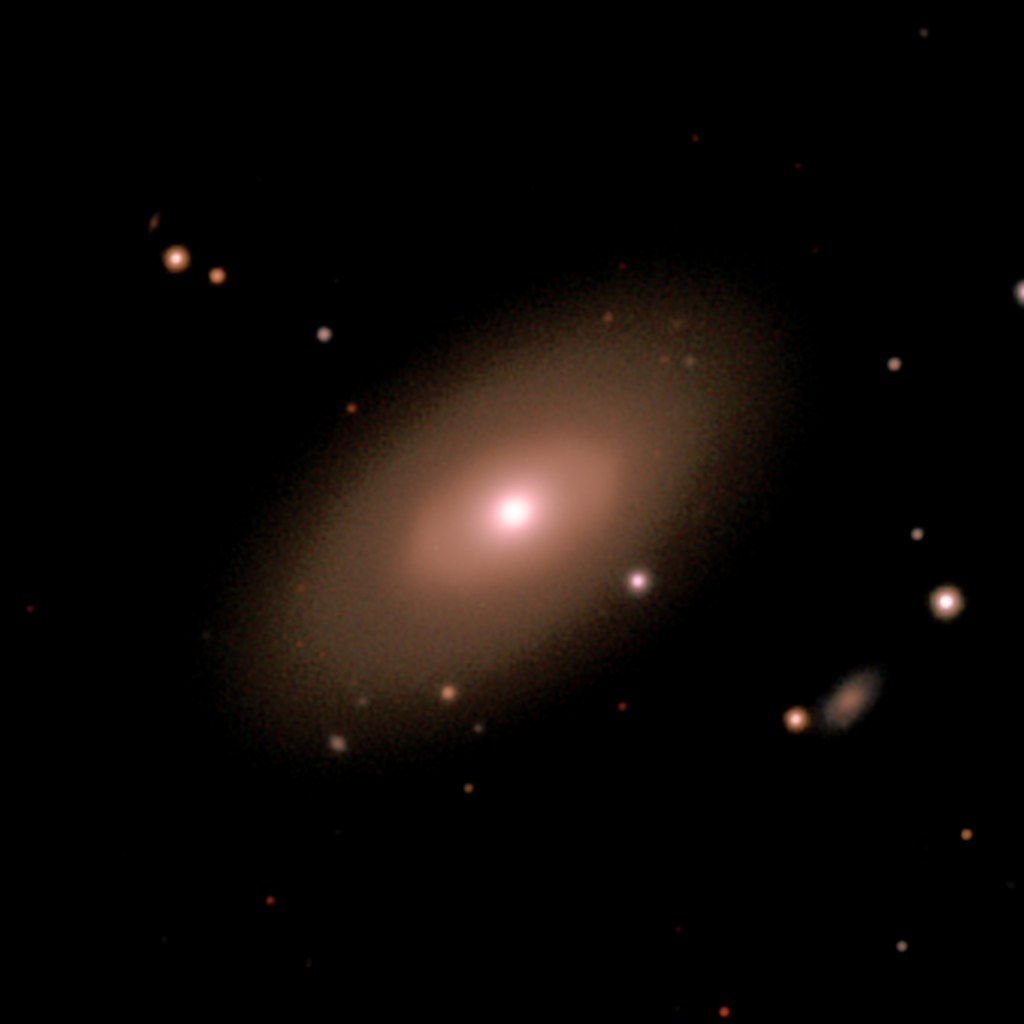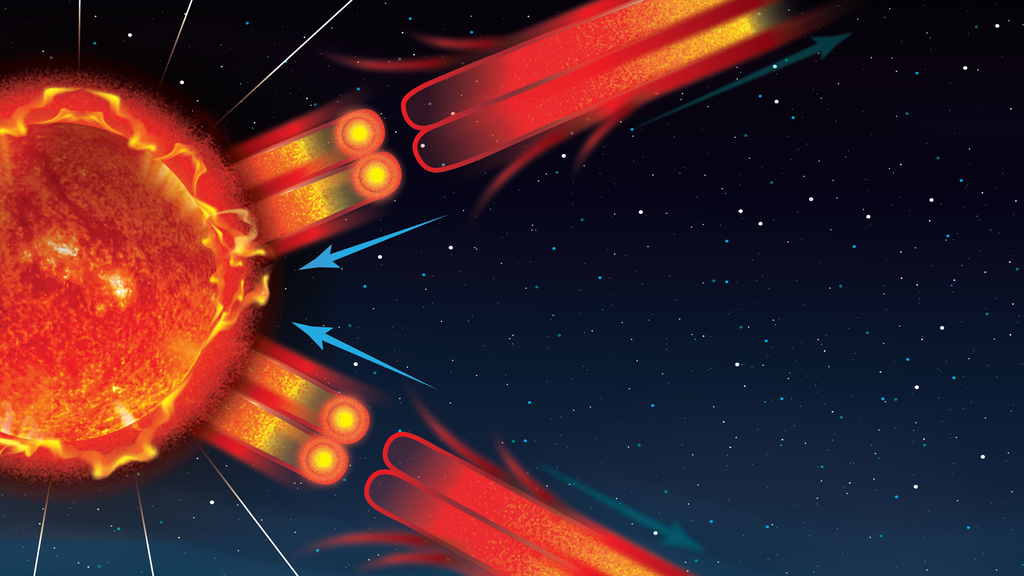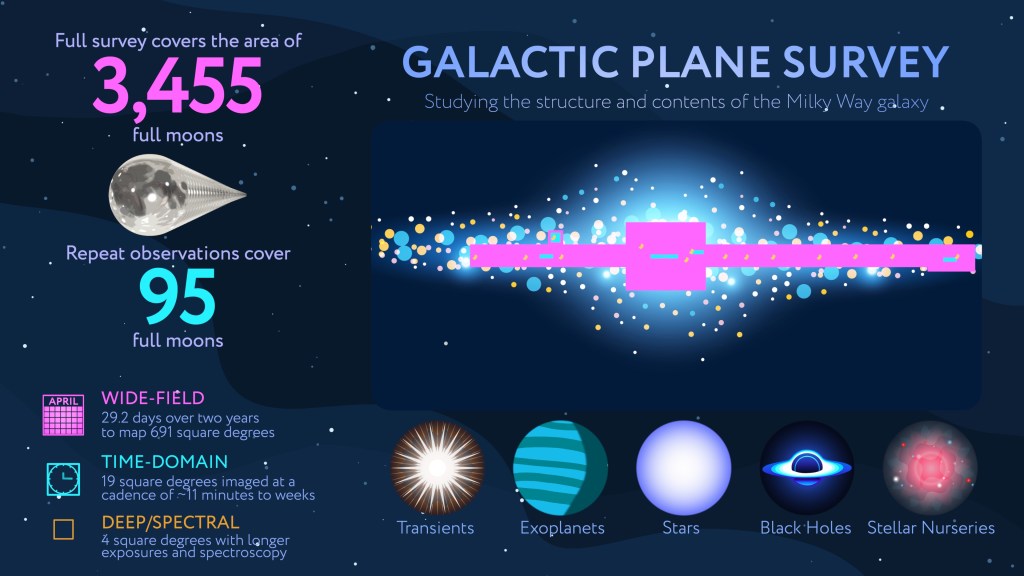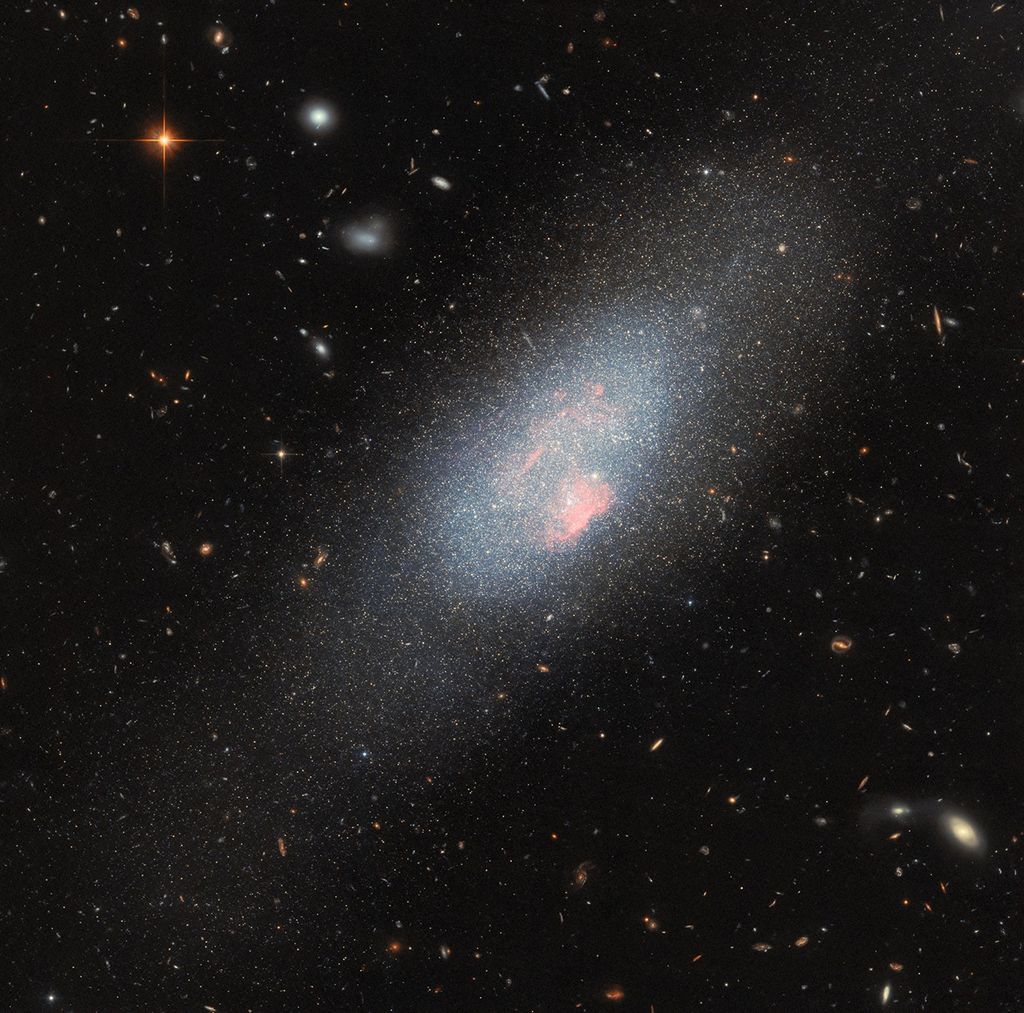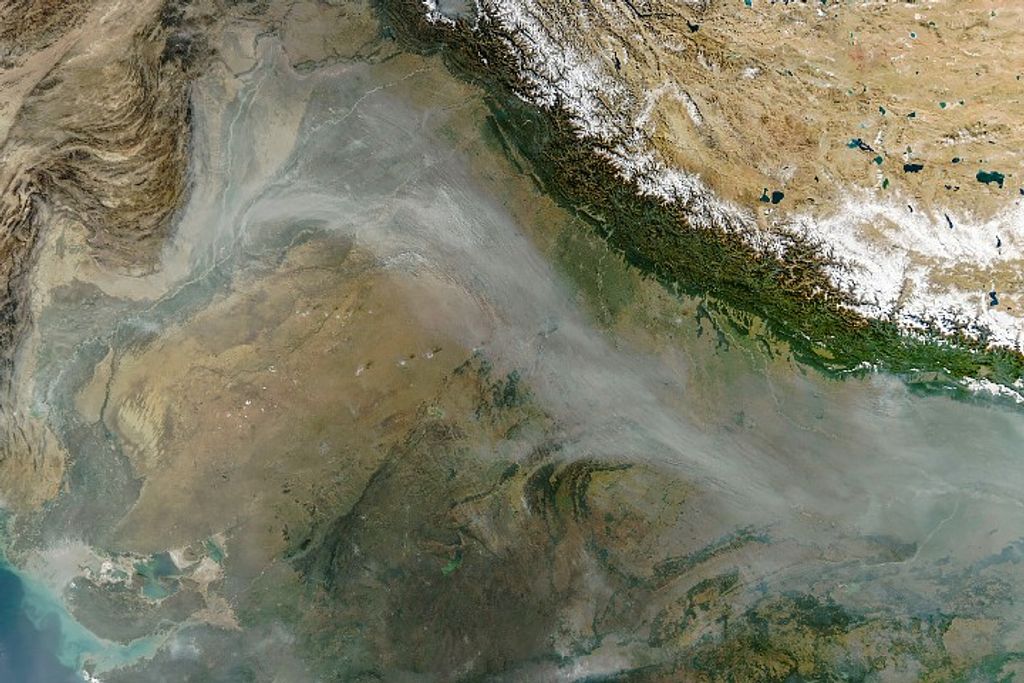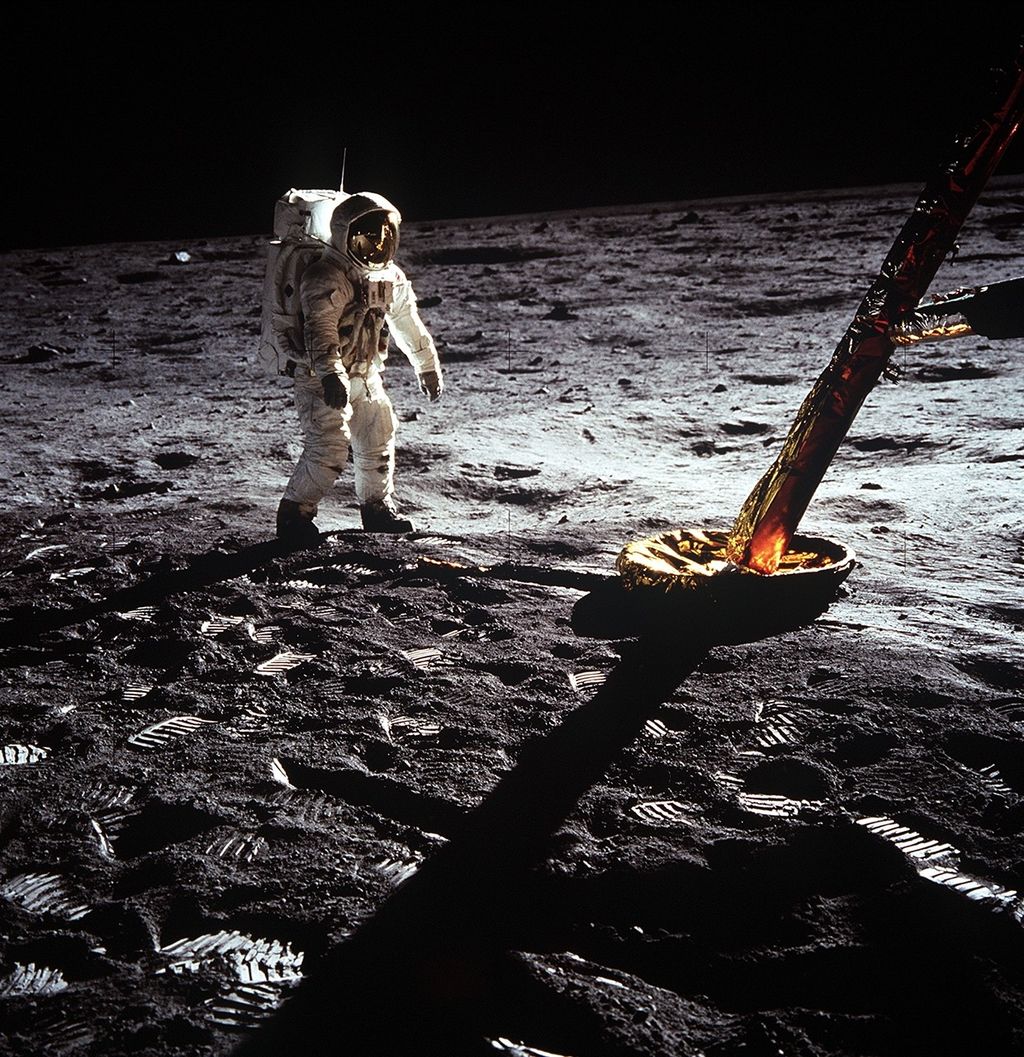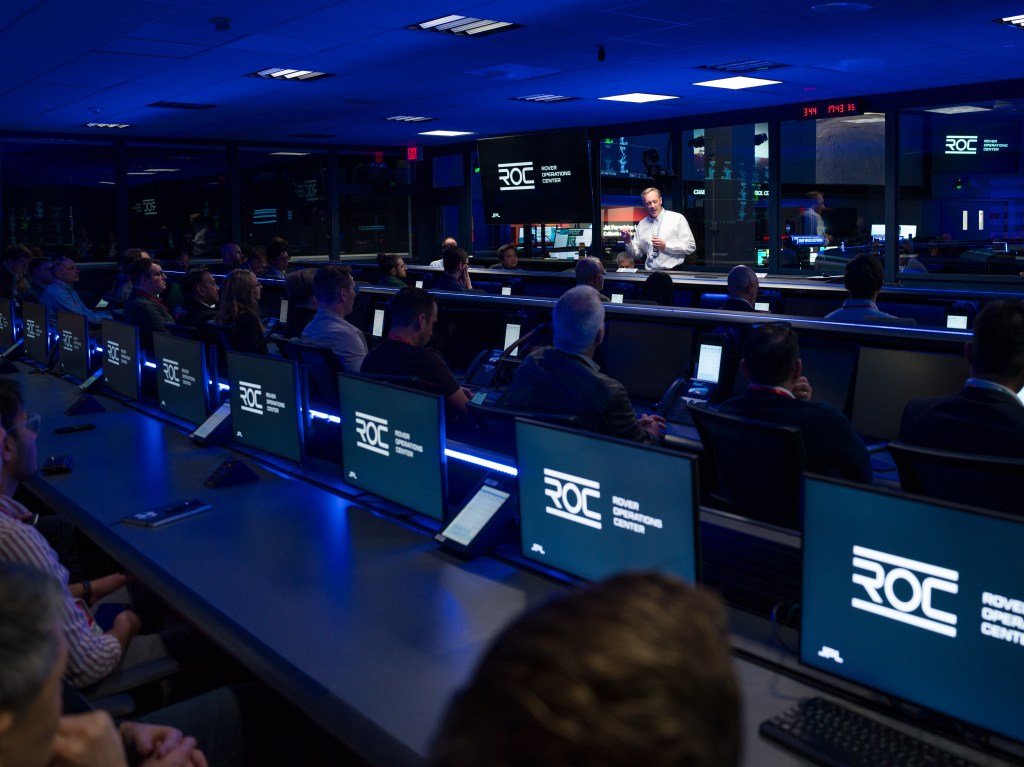Making Space Science Data Smarter, Inside the Microgravity Analytics Tool
Microgravity research often involves delays between data collection, scientific discovery, and distribution of results. Researchers often must manually sort through large sets of images or videos to identify key changes or patterns. G-SPACE’s Microgravity Analytics Tool, developed with funding from a NASA Physical Sciences Informatics (PSI) Research Opportunities in Space and Earth Sciences (ROSES) grant, to help researchers analyze scientific data more quickly and accurately.
One of the tool’s features is Delta-to-Gravity™, a unique analysis workflow that compares images or videos collected in space with those gathered on Earth. This allows scientists to isolate the effects of gravity and better understand how processes behave differently in space. The tool also includes options for automated video segmentation, side-by-side comparisons, and time-lapse analysis.
Although the tool was originally created to help analyze data from the PSI Data Repository, its applications reach beyond space. Industries such as pharmaceuticals, biotechnology, and advanced manufacturing also depend on image-based data and face similar challenges in extracting meaningful insights. With real-time analytics capabilities, researchers can improve experiment design and quality control, speed up testing, and reduce the need for trial and error. What started as a tool for space-based data is proving valuable for research and innovation on Earth.
As part of the NASA / G-SPACE grant, the Microgravity Analytics Tool available within the PSI data repository aims to support researchers at all levels, from students and early-career scientists to veteran investigators.
Open access helps break down barriers, especially for researchers who may not have access to advanced data science tools. It also encourages consistency in how experiments are analyzed, making it easier to compare results, confirm findings, and build on each other’s work. In a field where microgravity experiments are expensive and often difficult to replicate, an analytics tool helps maximize scientific return.
For G-SPACE, input from the research community is playing a major role in the tool’s development. Beta testers are contributing valuable feedback on usability, scientific accuracy, and how well the platform fits into actual research workflows. The vision is a peer reviewed platform built with the research community, not just for it.
As scientific practices become more collaborative and open, tools like the Microgravity Analytics Tool are essential for making research more reproducible and accessible. Support from NASA’s PSI ROSES grant provided funding, as well as expert guidance that helped turn scientific ideas into real-world applications. By using actual experimental datasets during development, the tool demonstrated effectiveness across disciplines, while meeting the high standards expected in microgravity research.
With inputs from the scientific community, the final product is envisioned to be a user-friendly, community-driven platform that empowers researchers of all backgrounds. Whether analyzing legacy datasets or supporting next-generation experiments, NASA and G-SPACE remain committed to helping scientists transform data into discovery on Earth and in orbit.


